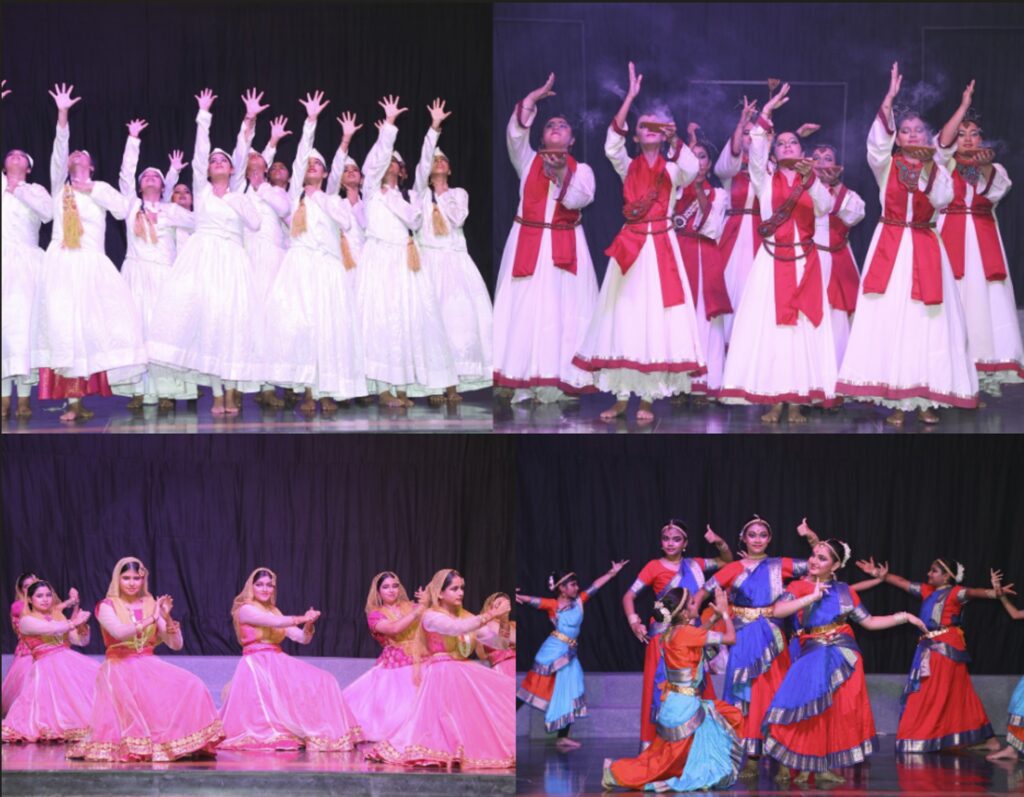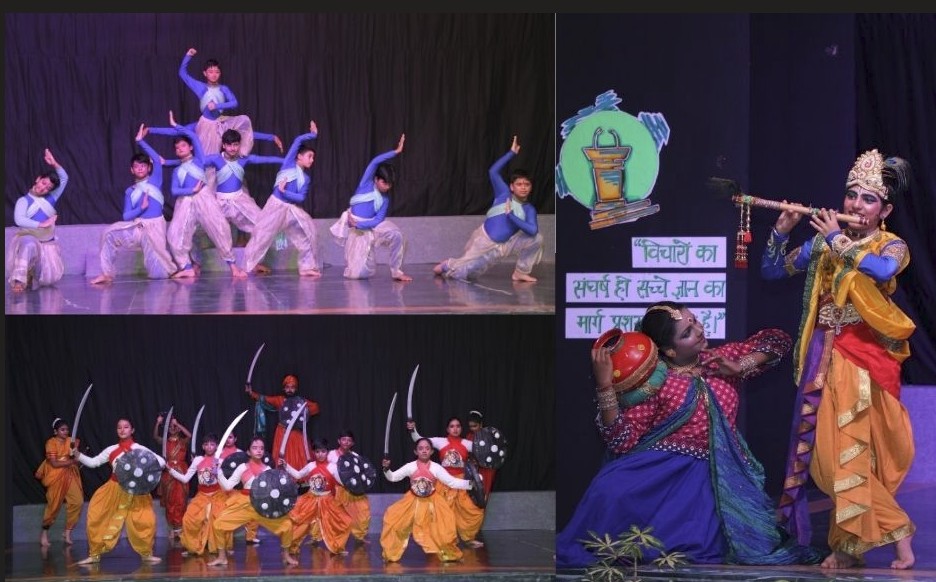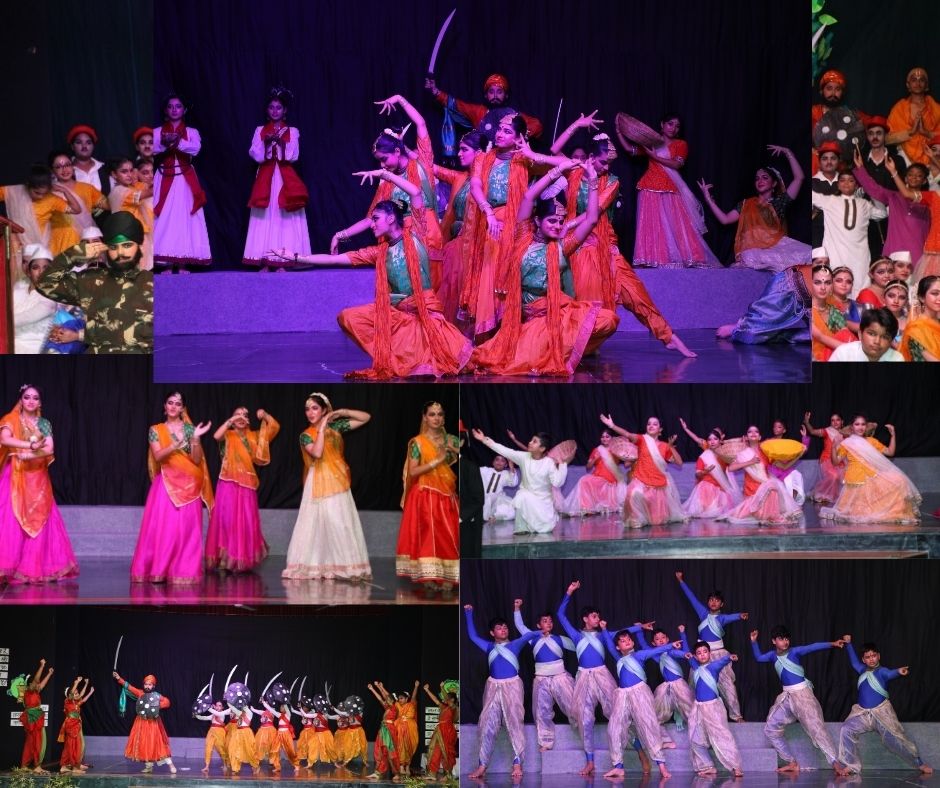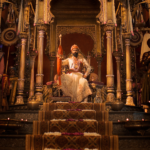On September 14, 2025, Hindi Diwas was celebrated across the world, honoring Hindi as the lifeline of India’s cultural heritage and a symbol of shared identity.
Observed annually on this day to mark Hindi’s adoption as an official language in the Constitution of India in 1949, India’s Prime Minister Narendra Modi extended greetings, emphasizing Hindi’s cultural and emotional significance as a “living heritage of India’s identity and values.” He urged citizens to pass Indian languages to future generations with pride, in his message shared through the Press Information Bureau.

In the heart of India’s capital, Delhi Public School (DPS) Rohini commemorated Hindi Diwas on September 15, with Principal Kanika Sachdeva Govi’s message rising above the walls of the institution, radiating pride, heritage, and hope for the future.
“Hindi is more than a language; it is the lifeline of India’s cultural heritage, traditions, and social fabric, and the medium through which our emotions, thoughts, and sensitivities are expressed in the most natural and heartfelt way,” she emphasized.

Govi reinforced this message in a personal and educational context, highlighting Hindi’s power to shape young minds, stating, “When children learn and express themselves in their native language, their creativity, understanding, and confidence multiply many times over. Hindi literature, poetry, stories, and plays nurture our imagination and help us deeply understand life’s values.”
The Journey of Hindi from Origin to Eminence
Leading up to Hindi Diwas, DPS Rohini brought “From Origin to Excellence” alive on stage, a spectacular presentation tracing Hindi’s journey. This was part of Vicharvithi (Path of Ideas), the National Level Hindi Debate, proudly hosted in the capital at DPS Rohini on August 2.
This breathtaking production traced the remarkable journey of Hindi through history. As the narration unfolded, audiences were transported from the early days of Hindi, rooted in dialects like Dingal and Pingal, through the evolution of Braj, Awadhi, and Khari Boli.

“In its early stages, Hindi was closely intertwined with regional dialects, yet it laid the foundation for a language that would unite millions,” the narration explained. Iconic works such as Prithviraj Raso by Chand Bardai were highlighted as early milestones in Hindi literature. The performance honored the role of Hindi in inspiring patriotism and social consciousness.
“During the independence movement, the power of language as a tool for awakening was underscored through tributes to the Bhakti poets Kabir Das, Rahim, Surdas, and Mira Bai, whose verses in the vernacular dialects reached the masses and stirred hearts, and to Subhadra Kumari Chauhan, whose patriotic lines ignited the spirit of freedom.”
Bankim Chandra Chattopadhyay’s Vande Mataram reminded the audience of Hindi’s central role in shaping national consciousness, while Bollywood classics like Mera Joota Hai Japani (“My shoes are Japanese, my hat is Russian, my trousers are English, but my heart remains Indian”) demonstrated the language’s reach beyond India, even resonating with audiences as far as Russia. Songs celebrating collective progress and national unity further reinforced Hindi’s cultural impact.

Contemporary Hindi literature was also spotlighted, as the narrator observed: “Modern poets and writers like Gulzar, Harivansh Rai Bachchan, Prasoon Joshi, Kumar Vishwas, and Geetanjali Shree continue to engage new generations, showcasing the language’s relevance today. Geetanjali Shree, the first Indian to win the International Booker Prize in 2022 for her novel Tomb of Sand (Ret Samadhi in Hindi), exemplifies the global recognition of modern Hindi literature.
The literature noted that stories such as Balpatra, Boodi Kaki and Nathu in Bhisham Sahni’s Tamas demonstrate Hindi’s depth, portraying human values, sacrifice, devotion, and historical empathy. Beloved characters like Birbal and Chacha Chaudhary connect literature to morality and imagination, illustrating the enduring resonance of Hindi across ages.
The scale of the performance itself was staggering. Eighty-five students took the stage, adorned in meticulously crafted costumes representing diverse regions and eras. The backdrop, props, and lighting created an immersive visual journey. Narrators, through voiceovers and commentary, guided the audience across centuries, bridging literature, history, and culture. Despite heavy costumes and sweltering heat, the students moved with precision and energy, embodying the vibrancy and resilience of Hindi itself.
The performance drew to a close with these stirring words, “The Hindi language is like a vast, mighty tree, whose deep roots hold together the entire society and culture, and whose branches stretch across the world. This tree reflects the journey of Hindi from its origins in Sanskrit to its presence on the global stage. Its leaves carry the stories of history, and through its branches, we glimpse the future.”

She continued, “This is not just a vision; it is a living, breathing representation of Hindi’s journey from birth to brilliance. Come, let us sit in the shade of this tree, listen to the rustle of its leaves, and experience the fragrance of the soil from which our Hindi language was born.”
Hindi’s Global Voice
According to Ethnologue (2025 edition), Hindi has approximately 609 million speakers, making it the third most spoken language in the world, after English and Mandarin. In Nepal, around 8 million people speak Hindi, according to the World Population Review; In Fiji, Hindi holds the status of an official language. From South Africa to Singapore, from Trinidad & Tobago to the United States and the United Kingdom, Hindi thrives as a language of dialogue and cultural exchange, connecting diasporic communities to their roots.
Govi reflected this global perspective in her message, noting “On this Hindi Diwas, let us all resolve to use Hindi with pride and warmth. Let us instill in our students not only a love for the language but also a spirit of creativity, innovation, and purity within it.”


![Image1[2].jpg](https://southasianherald.com/wp-content/uploads/2025/09/Image12.jpg-1170x780.jpeg)



